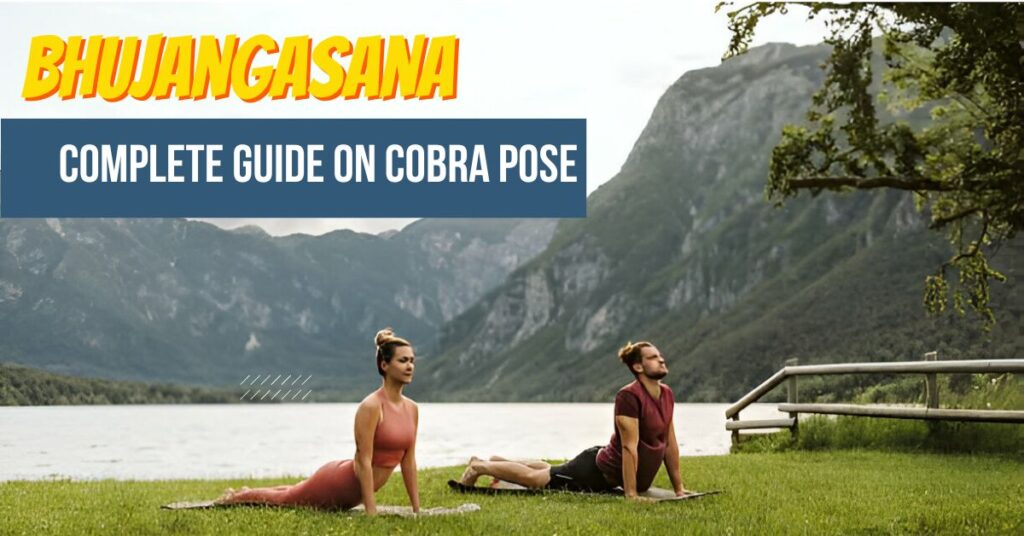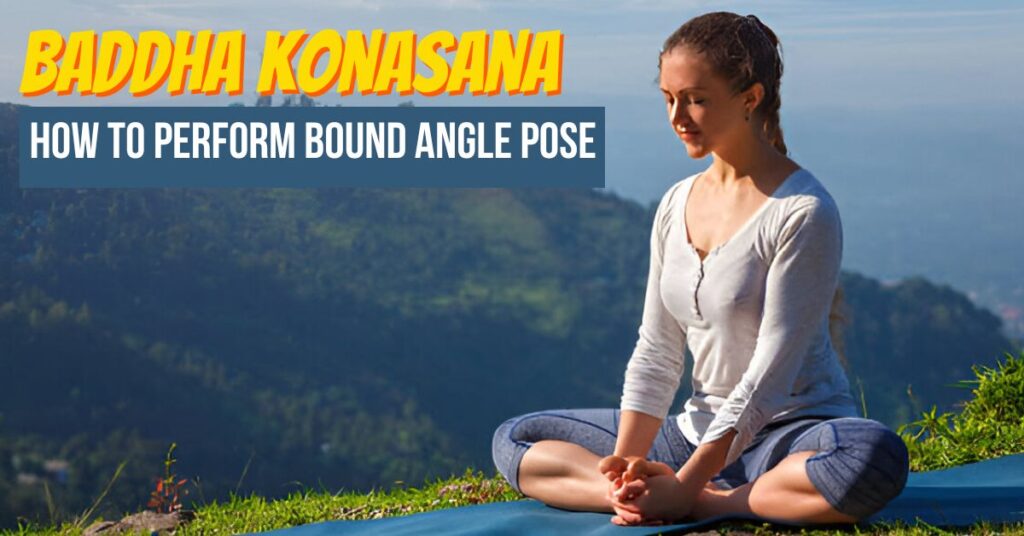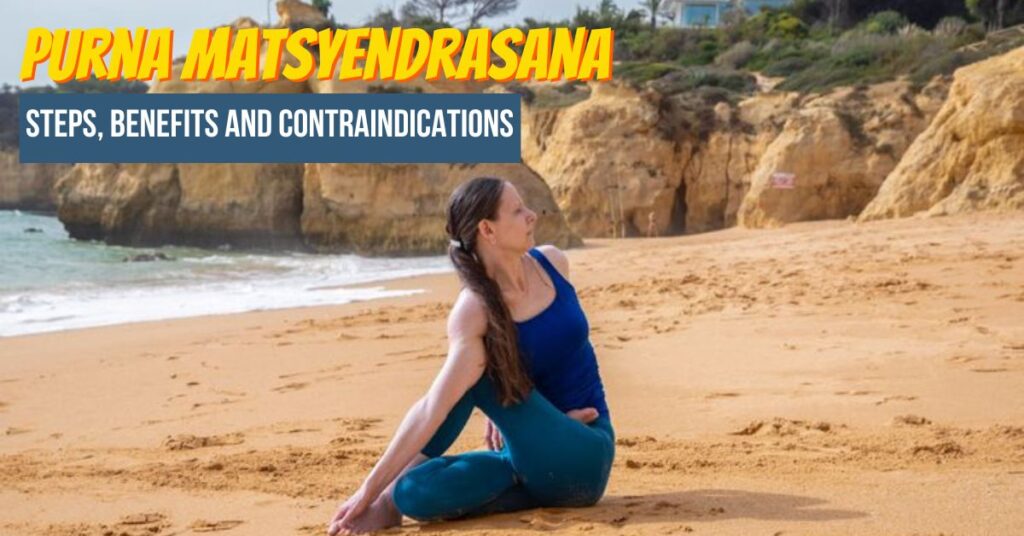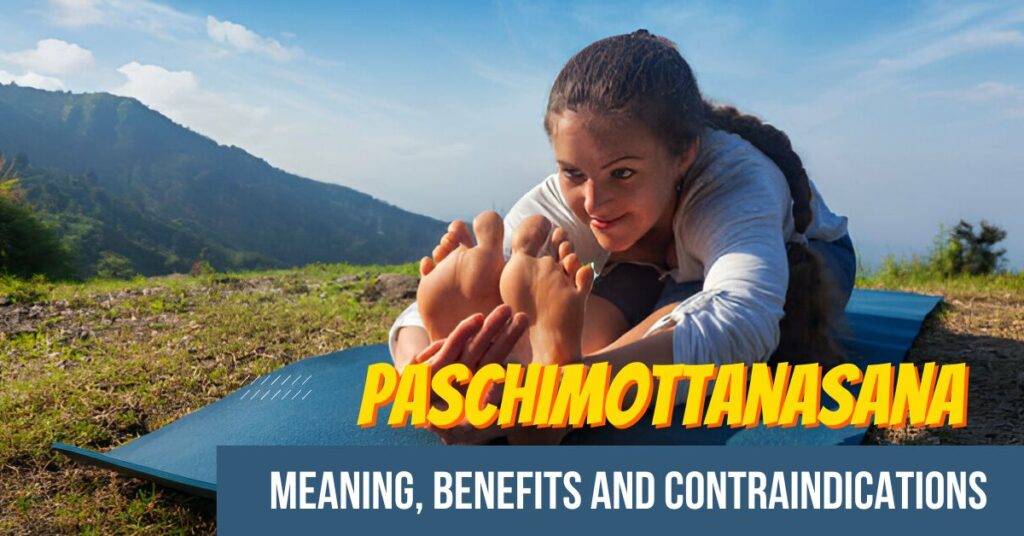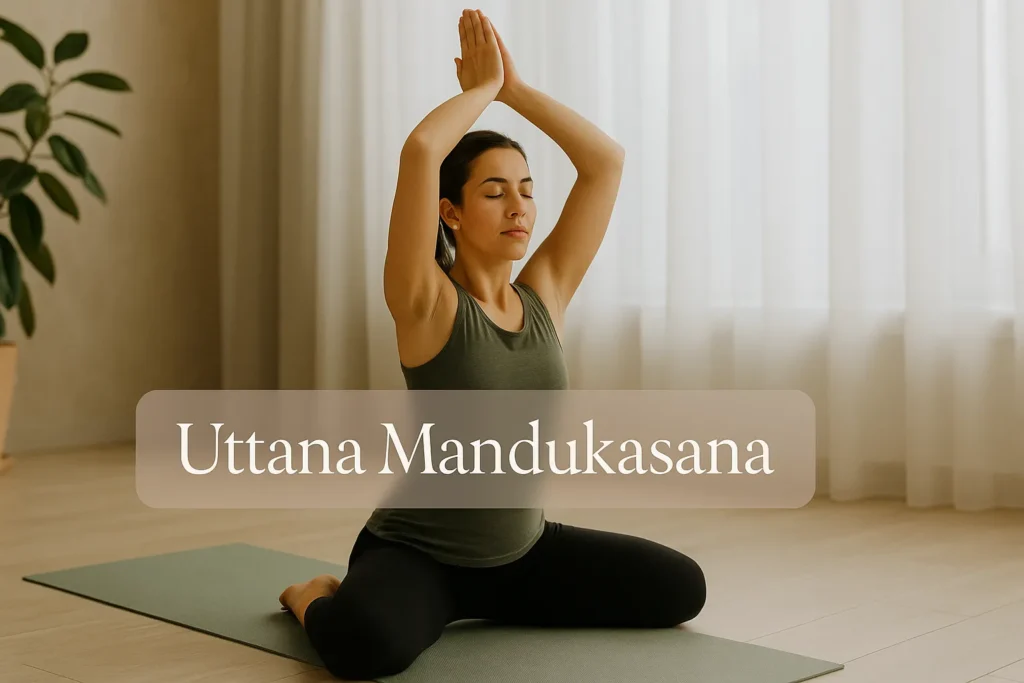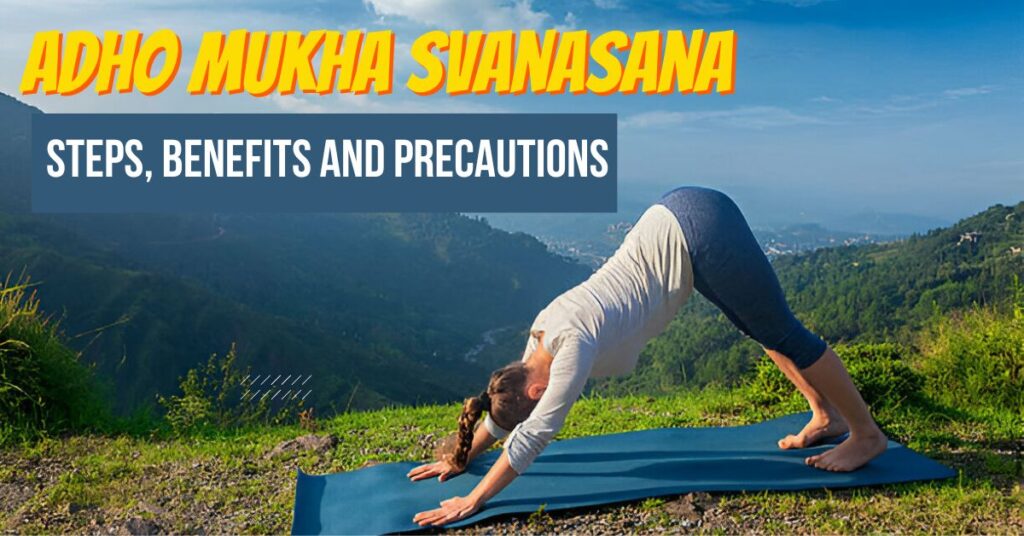Feeling stressed, tired, or a little out of balance? Sometimes all your body needs is a little support to unlock deep relaxation and healing. That’s where Supta Baddha Konasana, or Reclining Bound Angle Pose, comes in.
This simple yet powerful yoga posture invites you to slow down, open your heart, and breathe deeply, offering both physical relief and emotional calm. Whether you’re new to yoga or someone looking for a restorative addition to your practice, Supta Baddha Konasana can be a gentle and effective choice. Let’s explore what it is, how to do it, its incredible benefits, and the things you should keep in mind while practicing.
What is Supta Baddha Konasana?
Supta Baddha Konasana Yoga, also known as Reclining Bound Angle Pose, is a deeply restorative yoga posture that gently opens up the hips, chest, and inner thighs.The term “Supta” means reclining or lying down, “Baddha” translates to bound, and “Kona” refers to angle. So, this pose literally translates to “Reclining Bound Angle.”
You might already be familiar with Baddha Konasana, the seated version of this pose where you sit upright with your soles touching. Supta Baddha Konasana takes it a step further by adding a reclining element, making it even more calming and therapeutic for the body and mind. Unlike intense strength-based poses, Supta Baddha Konasana focuses on relaxation and passive stretching.
By lying back with your feet together and knees dropped to the sides, you create a supportive, open space that encourages deep breathing, stress release, and better circulation.
Supta Baddha Konasana Benefits To Know
Supta Baddha Konasana offers significant benefits for both the body and the mind. Here’s why you should consider incorporating it into your daily routine:
- It is highly effective for opening the hips and groin region, promoting flexibility.
- It can be therapeutic for flat foot problems.
- It supports individuals dealing with high blood pressure, asthma, or other respiratory issues.
- This pose stretches your back and helps in relieving lower back pain, which can also aid in treating varicose veins, sciatica, and haemorrhoids.
- Supta Baddha Konasana or Reclining Bound Angle is especially helpful during pregnancy and can treat menopausal issues, chronic pelvic pain, urinary incontinence, and even support infertility treatments.
Just like Mandukasana, another hip-opening pose, Supta Baddha Konasana brings deep flexibility to the pelvic and abdominal region while calming the nervous system.
How To Do Supta Baddha Konasana?
Getting into this pose is easier than you think. Here are easy Supta Baddha Konasana steps to practice:
- Sit on the floor in a Dandasana position with your legs extended straight in front of you.
- Take a deep breath out and slowly bend your knees, bringing your heels towards your pelvic area.
- Drop your knees out to the sides, pressing the soles of your feet together, forming a diamond shape with your legs.
- Gently hold your feet with your hands, ensuring that your grip is light and comfortable.
- Inhale deeply and gently lift your chest, keeping your spine straight and erect.
- Once stable and relaxed, slowly recline backwards, resting your spine on the floor.
- Let your arms relax either beside your body or on your inner thighs.
- Breathe deeply and stay in this position for 5–10 breaths or as long as you feel comfortable.
- To release, stretch your legs out slowly or stay relaxed for a few minutes, then roll onto your right side and gently sit up using your hands for support.
Supta Baddha Konasana Contraindications
While Yoga Supta Baddha Konasana is generally safe for most people, there are a few conditions where caution is needed:
- Individuals with serious knee, hip, or ankle injuries should avoid this pose to prevent further strain.
- Those with existing lower back pain should either avoid reclining fully or keep the spine well-supported and erect when bending forward.
- People with groin injuries should refrain from practicing this pose, as it can aggravate the condition.
- Pregnant women should avoid practicing this pose until after the first trimester and should always seek guidance from a certified instructor.
Individuals with osteoporosis, degenerated spine issues, or weak knee joints should be particularly cautious and ideally modify the pose with support. - Those recovering from trauma or dealing with high anxiety should approach this posture mindfully, using props and moving slowly.
To make the practice more comfortable, consider placing a cushion or folded blanket under your hips and ankles, or use bolsters under your knees. Always move at a pace that feels right for your body.
Conclusion
Supta Baddha Konasana Yoga is a beautiful reminder that sometimes the deepest healing comes from the simplest actions. Whether you are looking to release physical tension, open your heart, or calm your mind, this reclining pose offers a gentle pathway toward restoration and balance. By practising it mindfully and with the right support, you can unlock its full potential and enjoy all the amazing benefits it brings into your life. If you are ready to explore more relaxing and powerful yoga postures, Yogaasan is here to guide you every step of the way.


